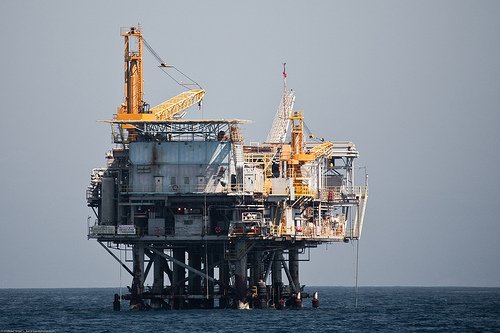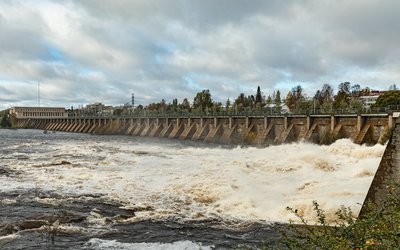
Climate change and extreme weather events represent a real physical threat to the oil and gas sector, particularly in low-lying coastal areas and areas exposed to extreme weather events. The sector needs to take climate change seriously, assess its own vulnerability, and take appropriate measures to prevent or mitigate any potentially negative effects.
The oil and gas sector has been affected by climate-related events in the past, which in many cases have led to oil spills and releases of hazardous materials, thus providing lessons on better preparing for extreme weather events in the future. The impacts of a changing climate will vary depending on location. However, most studies show that oil and gas facilities and infrastructure in low-lying coastal areas and areas subject to severe weather will be most vulnerable.
The economic, social, and environmental impacts caused by the disruption of and damage to the oil and gas sector could be huge, with global repercussions. In 2005, hurricanes Katrina and Rita demonstrated that both the offshore and onshore oil and gas industry remain vulnerable to the impacts of hurricanes. In total, they destroyed 113 offshore platforms and severely damaged at least 163 others. These hurricanes also revealed a weak delivery and distribution system. Following the storms there were hardly any options available to deliver the products to the markets because of the onshore devastation that led to a shortage of fuel at pumping stations in several states. In Europe, a severe storm set adrift a drilling rig in the North Sea off the coast of Norway in 2006.
Adaptation options in some cases will require possibly large investments to upgrade facilities, build redundancy and robustness into the systems, and protect critical infrastructure to ensure that it remains operational following an extreme weather event. Adequate contingency planning plus emergency-response and recovery planning and preparedness will also be essential to ensure the safety of people, property, and the environment, as well as business continuity.
Source: Cruz and Krausmann, 2013. Climatic Change 121: 41–53.
Photo: Mike Baird (www.flickr.com)








